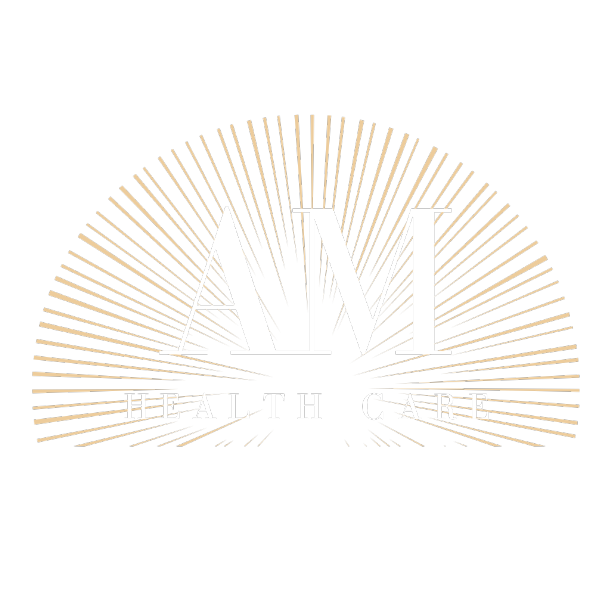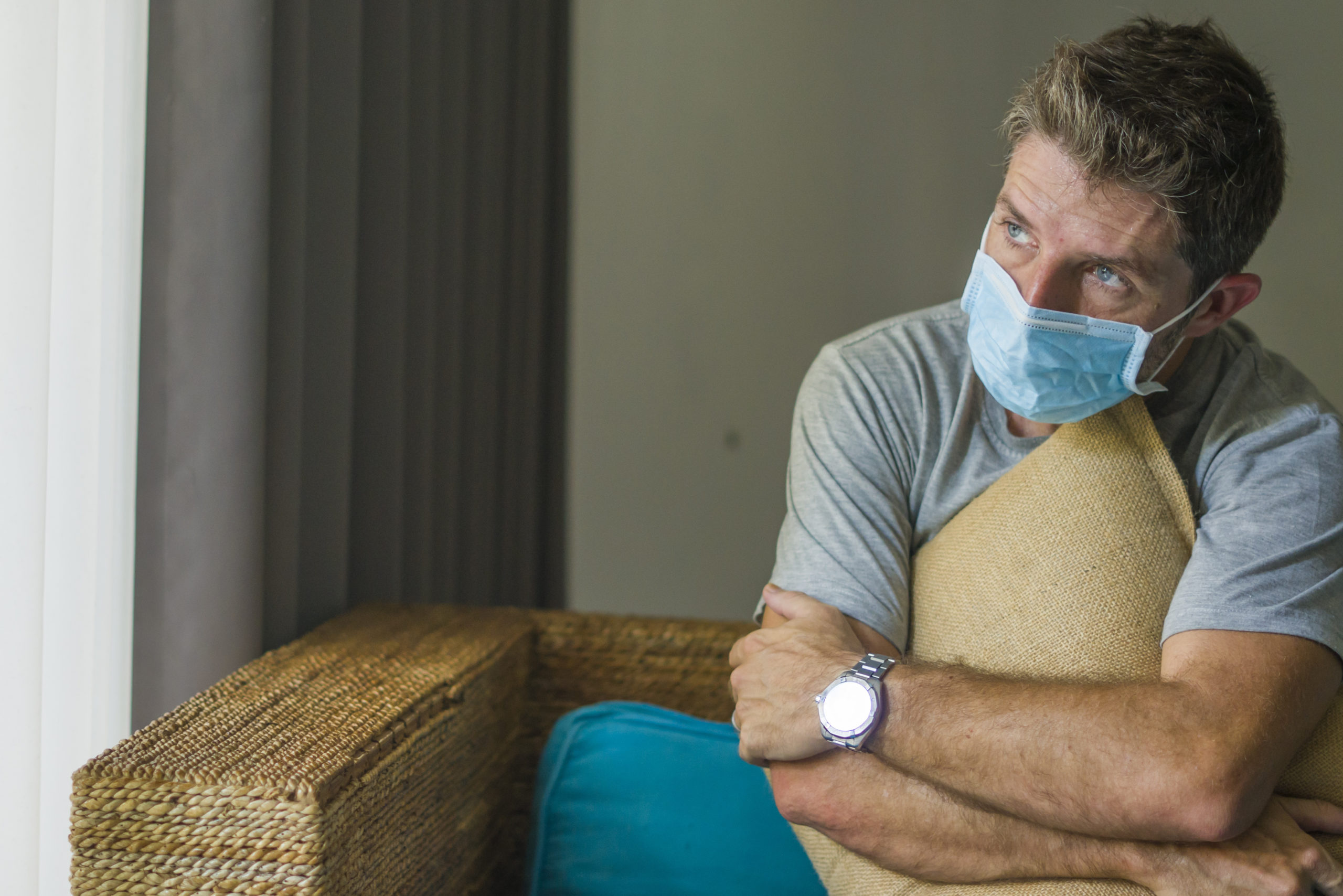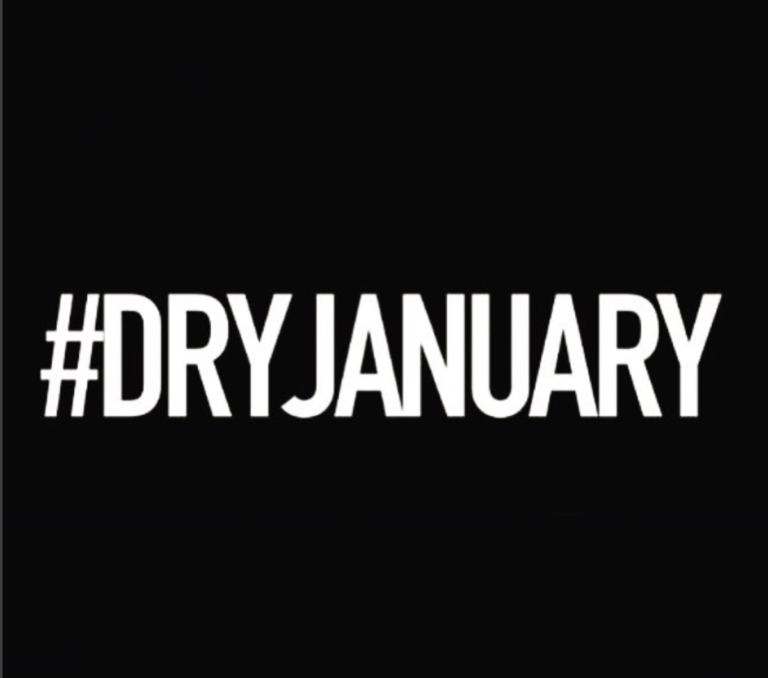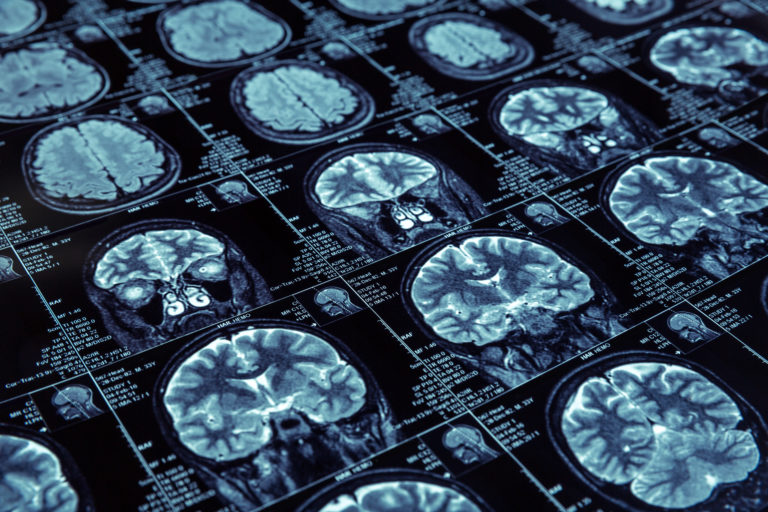“Adapting” was most certainly one of the key terms flying around in 2020. With an unexpected pandemic and immediate quarantines, people were forced to pivot at a moment’s notice; adapting to virtual Zoom calls, home deliveries and life without one-on-one interactions. Obviously some thrived more than others during this time and it is interesting to explore how our own recovery industry was forced to make changes. The New York Times did a nice job of summarizing the “new normal” our peers are experiencing in a lengthy expose on their site.
Known for their thorough research, The Times broke down some truly alarming stats that occurred over the past 12 months. Surveying 165 recovery centers in partnership with The National Association of Addiction Treatment Providers (aka the NAATP), their data showed that 43 percent had to reduce their patient capacity during COVID-19. Beyond that, nearly a third saw a decrease in patient retention and 10 percent permanently shuttered due to the pandemic. Apparently, the Northeast United States is the region where recovery centers have been hit hardest and seen the most closures.
The Times also spoke with several treatment providers who shared their firsthand experiences about COVID-19 and the impact it has had with their businesses. Marvin Ventrell, chief executive of the NAATP, had some strong words about the state of the industry in 2020.
“In the 80-year history since addiction treatment began, we’ve never experienced anything as challenging as this,” Ventrell explained. “You have to put people in social settings to heal, and COVID conspires against that.”
One silver lining, the article explains, is that vaccinations may soon be coming for recovery clinics. This can potentially allow for more in-patient treatment and reduce the challenges of quarantine isolation. Right now, though, NAATP’s data is showing that 44 percent of all facilities are conducting their programs virtually.
All of the treatment operators interviewed for the piece unanimously agree that in-person contact is the area where “adapting” suffers the most. Isolation is a huge contributor to addictions and, in our current state, it’s outlined as a driving force behind the increase in addictions.
The hope for this year is that vaccinations can allow for more treatment center access and the ability to go through recovery hand-in-hand with peers and therapists. Ventrell summed up his thoughts with one more powerful statement.
“What is more supportive than walking into a room and seeing a human you can touch?” he concluded. “What’s been missing is body language, our ability to hug each other. All that stuff is important when people are going through the difficult experience of getting off drugs or alcohol. I am hopeful that we’ll see progress in that area in the coming year.”

